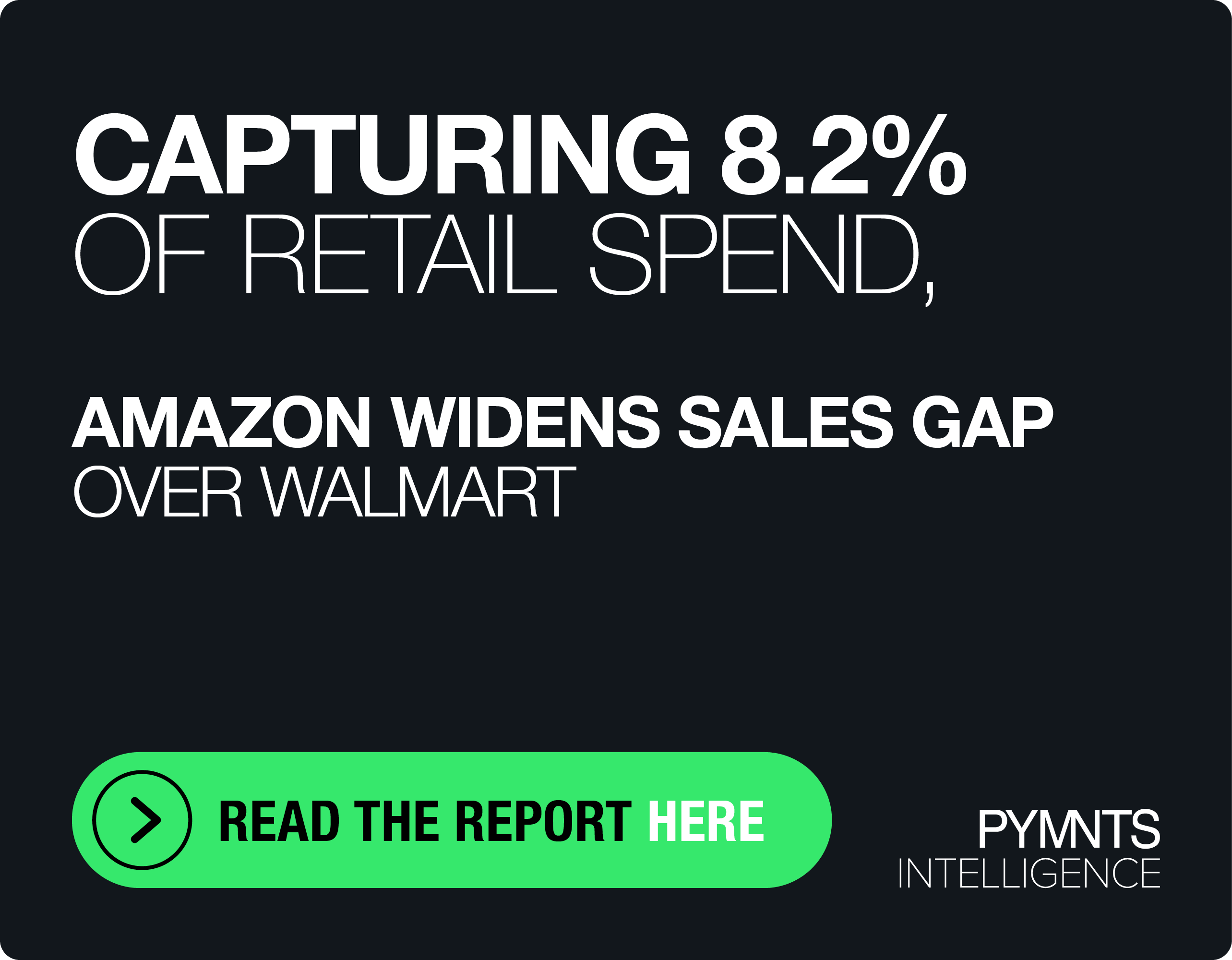Card Issuers See Upswing in Borrowing
Consumers unleashed from COVID-19 restrictions and confronting inflation-boosted prices are back to using their credit cards near pre-pandemic levels, Seeking Alpha reported Sunday (Sept. 18).
The assessment was based on credit card data from eight issuers in the United States.
August data for the eight companies varied from one company to the next, but overall trends and aggregate established a clear pattern.
The average delinquency rate across the eight companies in August was 2.04%, up from 1.89% in July and 1.78% in June.
The average charge-off was 2.10% for August, up from 2.01% in July and 2.09% in June.
Bread Financial reported the highest August delinquency rate — 5.3%, up 0.5 percentage points from July. Bank of America reported an August delinquency rate of 0.88%, up from 0.85% and 0.84% in July and June, respectively.
“There is likely a balance between better loan growth yet higher funding costs while expenses could remain slightly elevated and credit continues to normalize over 2H22,” Oppenheimer analyst Dominick Gabriele wrote in a recent client note cited by Seeking Alpha.
See also: Rising Card Delinquency Rates Spotlight Paycheck-to-Paycheck Pressures
PYMNTS reported on Sept. 12 that the Federal Reserve Bank of St. Louis estimated that by the end of June, the delinquency rate across all bank-backed credit cards in the United States had risen to 1.8% from 1.6% quarter-to-quarter. The St. Louis Fed estimated that only residential real estate loans had as high a default rate.
The peak delinquency rate over the past 30 years, as recorded by the Fed, was 6.8% in 2009 during some of the most-intense fallout of the Global Financial Crisis. The lowest national rate over the same period was 1.56% during the think of the COVID-19 pandemic.
A standard definition of a delinquent credit card account is one that has at least one payment 30 days overdue.
